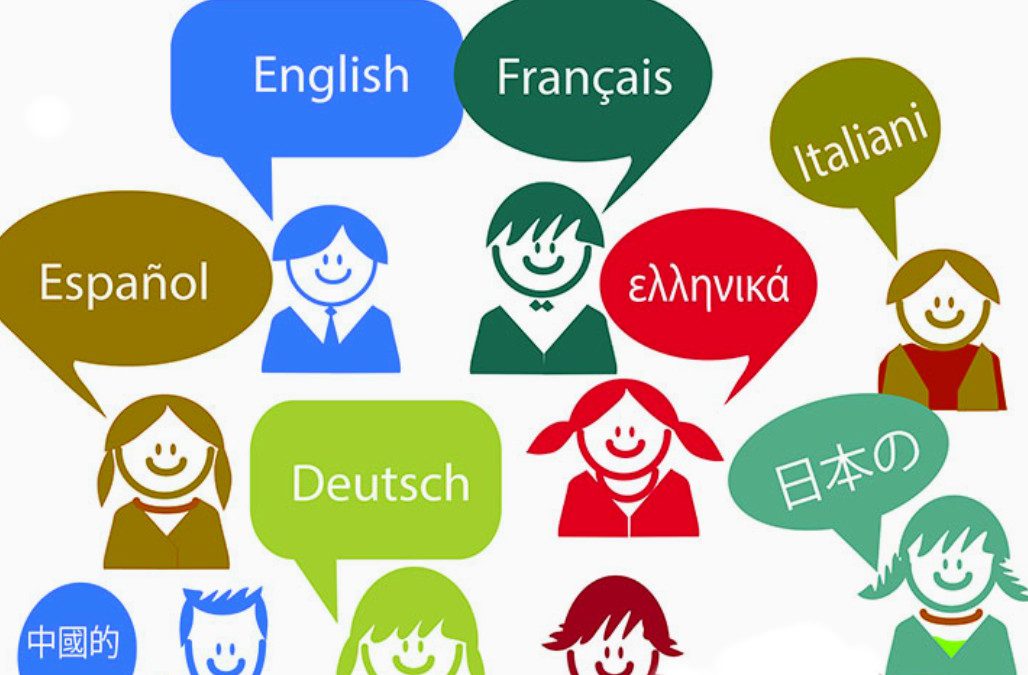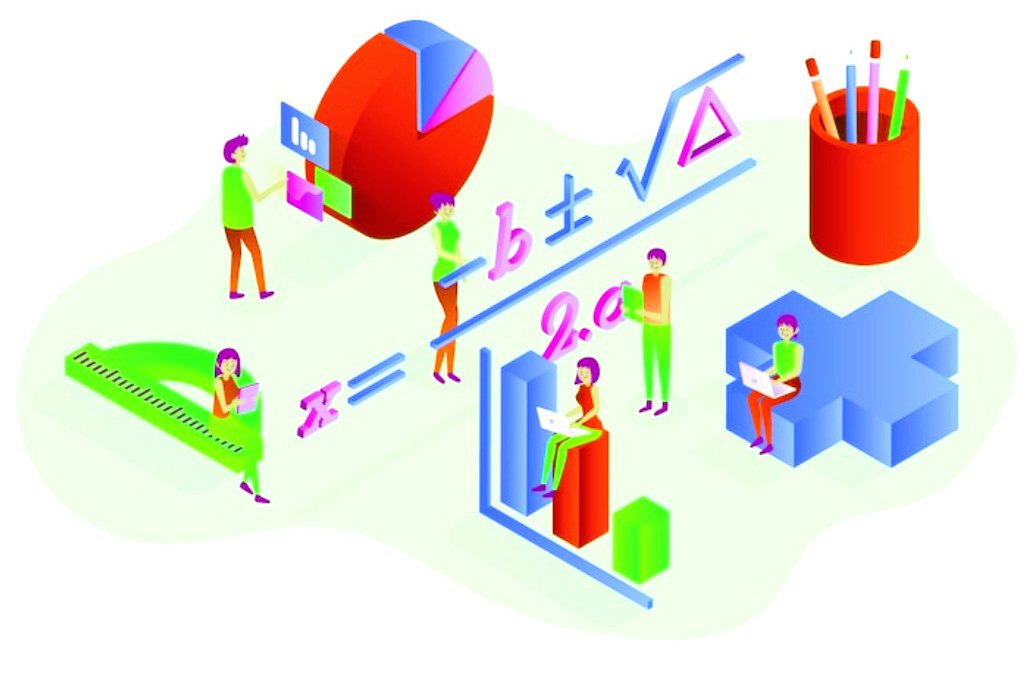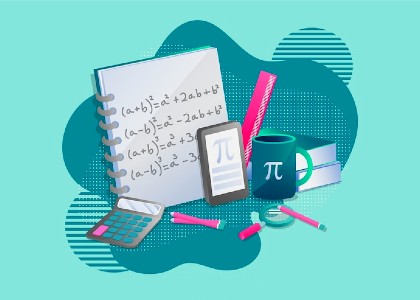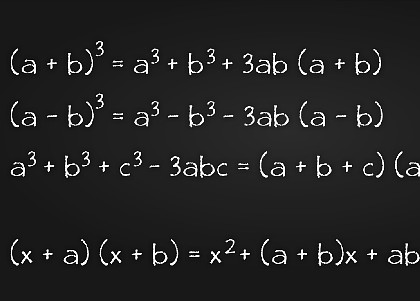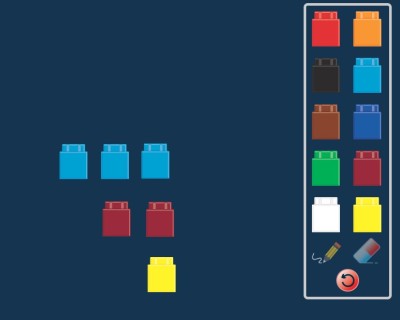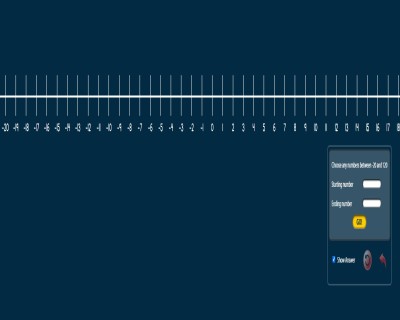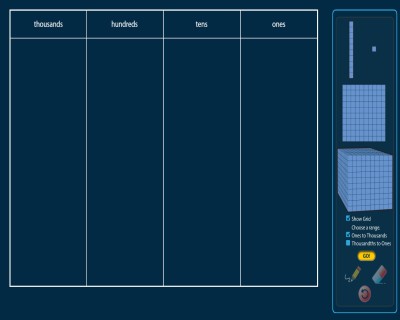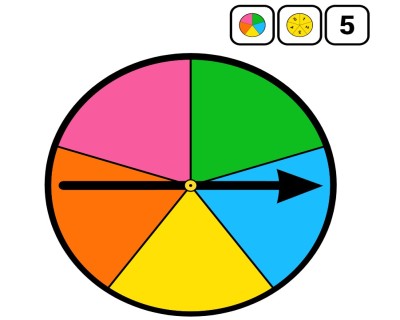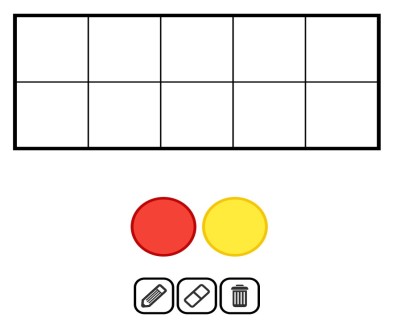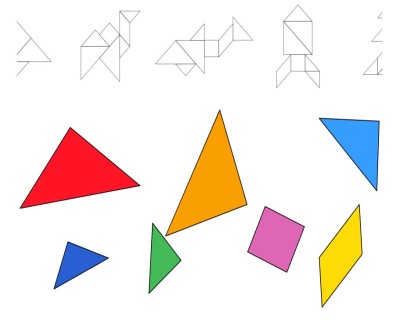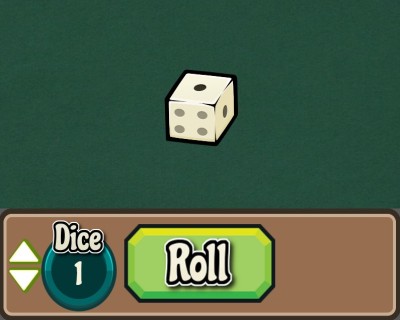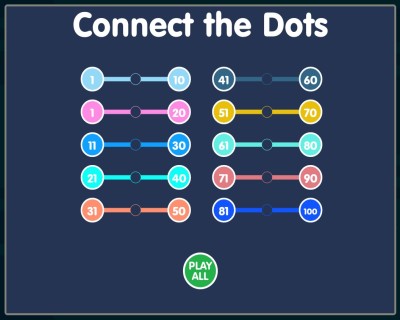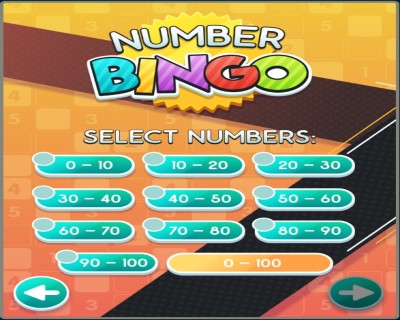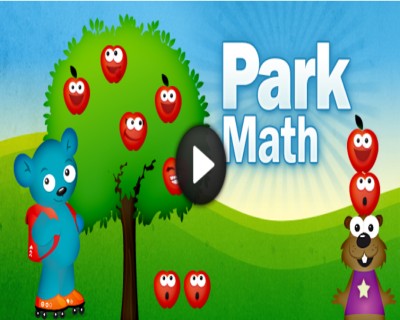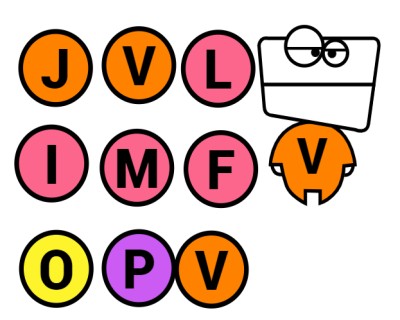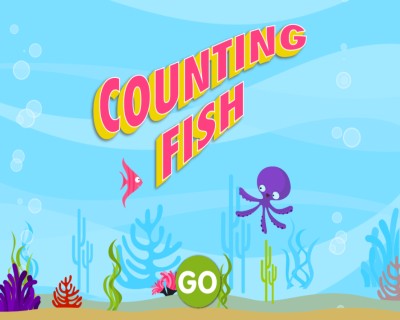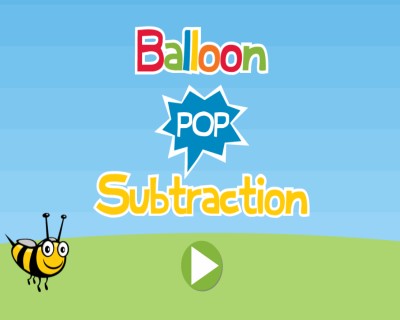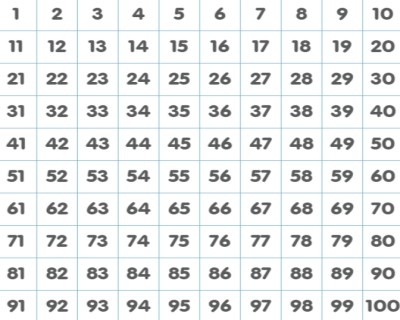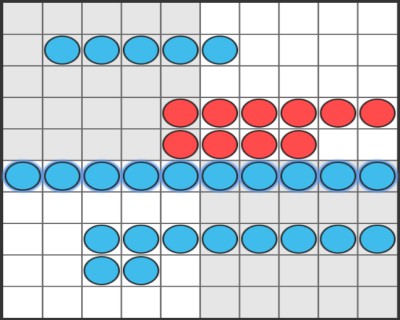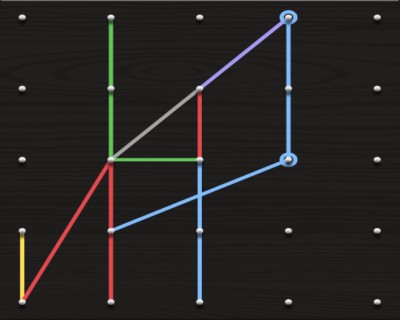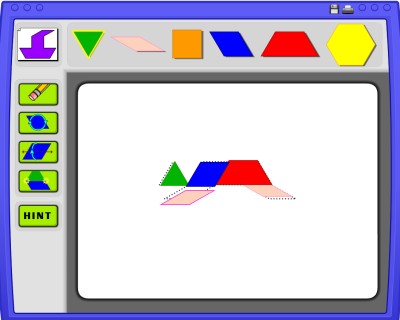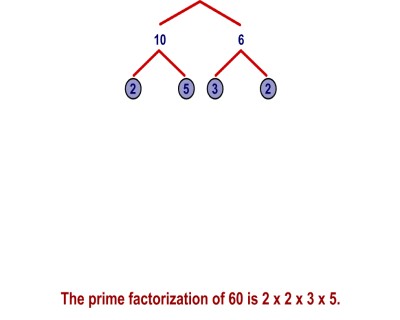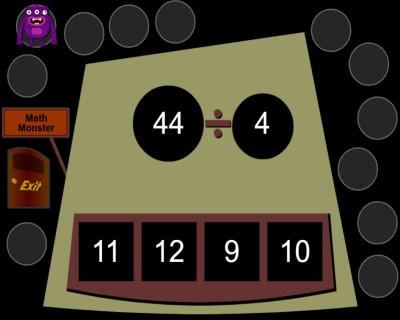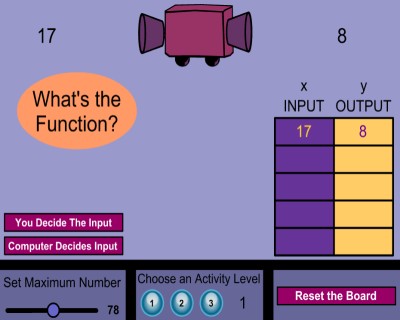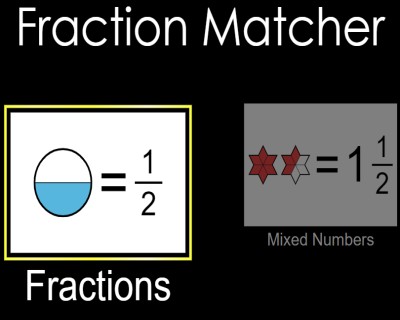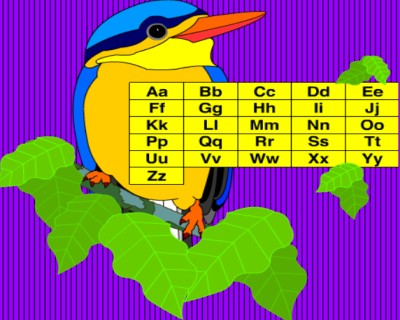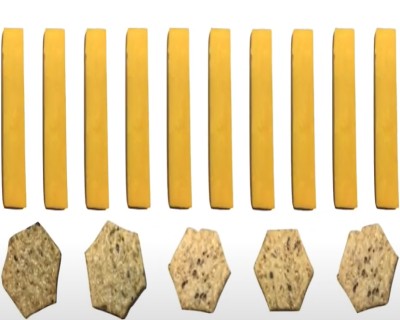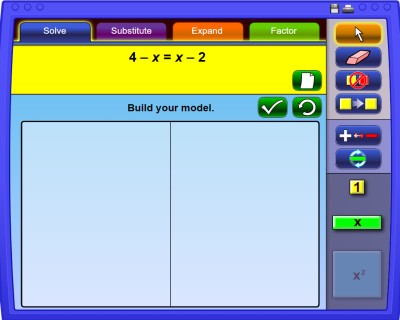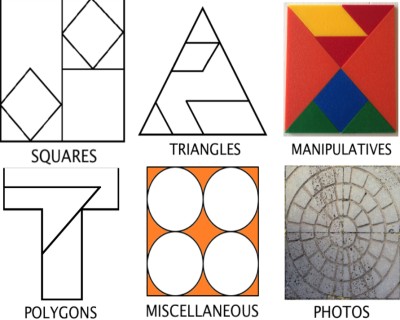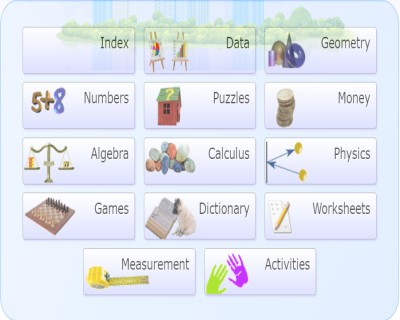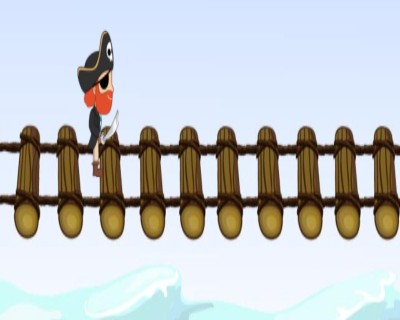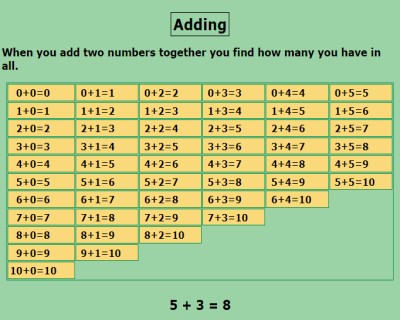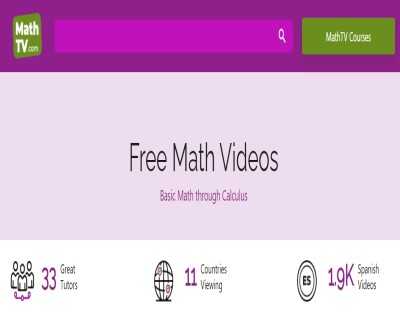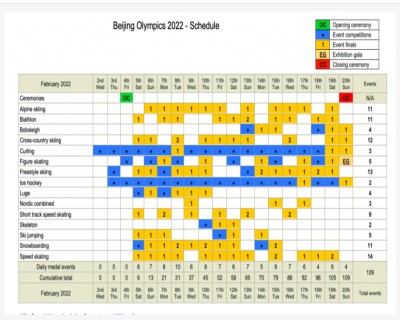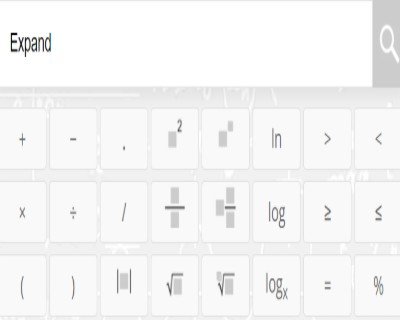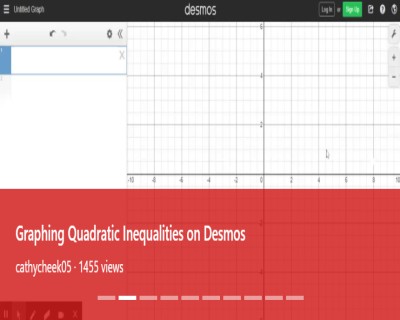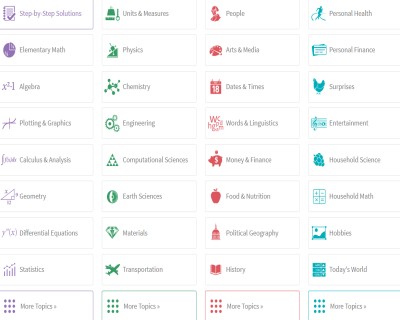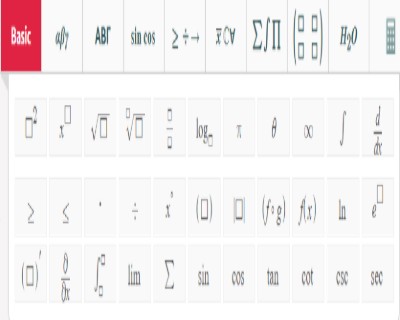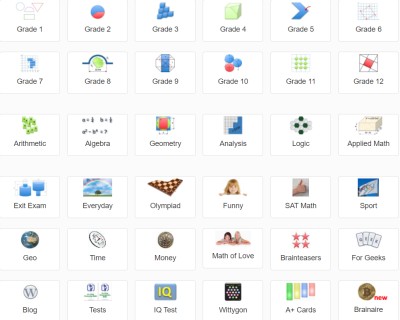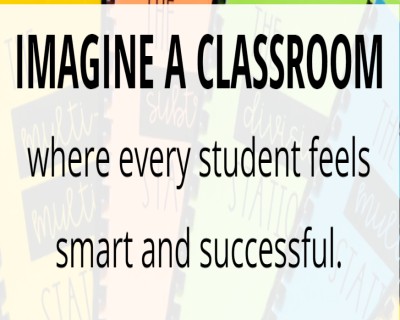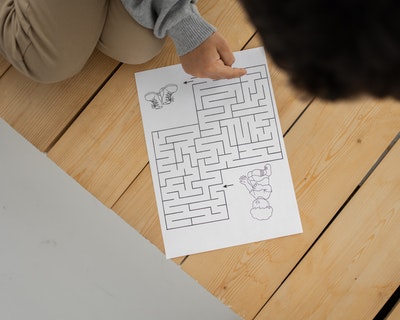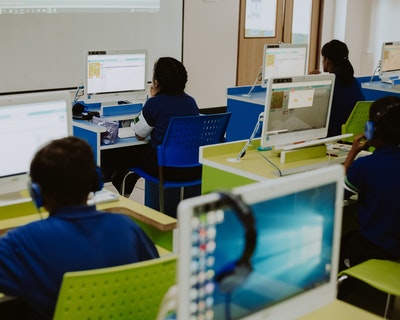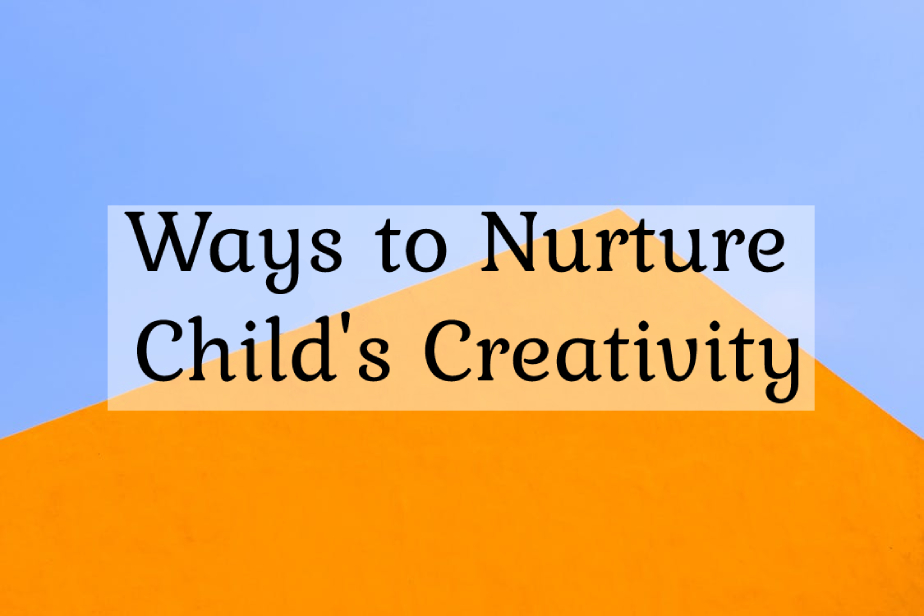
Ways to Nurture Your Child’s Creativity
As Spanish painter and surrealist pioneer Pablo Picasso once said, “Every child is an artist. The problem is how to remain an artist once he grows up.”
“Children are born with a creative streak; it cannot be taught.” Children are naturally imaginative. They are constantly asking questions. The world around them is filled with wonder. It is easy to see how eager kids under six are to experience new things. This is because their creative process comprises concepts, ideas, and imagination. The unknown attracts children at all times.
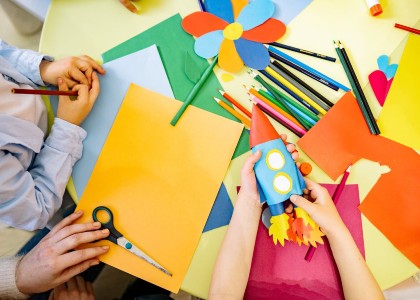
Adults, on the other hand, have difficulty connecting with that aspect. It could be due to many reasons, including lack of time, energy, or resources. Or simply not having the desire. Most of the time, we mature from our natural desire to express ourselves. As a result, the longer we wait, the less likely we will try again.
But how do you maintain your creativity as you get older?
As children, they find art to be entertaining and enriching. How can a child resist drawing, painting, and creating things? They simply cannot. So, parents can start encouraging kids early to boost their creative minds. As parents, you know what your child is good at and where his strength lies. By providing them with the right environment, you can help them nurture their skills. However, the benefits of supporting children’s creativity and imagination can be many.
Let us discuss some points to fuel your child’s creativity:
1. Let Them Explore
A creative mind represents exploration. Creative thinking leads to new ideas and contributes to exploration. You should acknowledge their originality if they share their new ideas with you. By doing so, you can motivate them to find the best. Your attitude motivates them to do more and become more creative.

Engage your child’s imagination and encourage curiosity with open-ended questions. Children are also encouraged to ask more questions because it promotes creative thinking. Creativity promotes general brain development.
2. Don’t label them as creative or non-creative
Children are sensitive to names or titles. Labeling them makes them feel unworthy. This affects them from forming new ideas. When they start to close up, it’s hard for them to think differently. So, please encourage them to explore a variety of topics and activities without being judgmental.

The fact that something is ‘supposed’ to be one way does not mean it has to be that way. It is better to be different than to follow what everyone else does. That encourages them to attempt something different. The most creative thoughts are born when there are no boundaries.
3. Keep resources handy
Children often make the most interesting things from the simplest things. Give them anything, and they’ll turn it into something exciting. Stock up stationery, craft supplies, waste paper, and cardboard. This is a great way to get children involved and spark their creativity. You will be amazed at how much they learn this way.

Further, having resources will motivate them to create things when they are in a good mood to do things. Activities like drawing, painting and playing games keep them busy for hours. Reading and writing will help in organizing their thoughts. Buy items at reasonable and realistic prices. Remember, it does not have to cost you a dime.
4. Encourage their ideas
Allowing your child to discover their talents by being open. Appreciating their new ideas helps them to think uniquely. When we, as parents, value their ideas, they are encouraged to do more. They keep trying out new things and taking up new challenges. The more they learn how to deal with issues, the more confident they become. This triggers their thinking ability, and they will eventually discover their true passion.

On the other hand, when we give them to set rules and to-do lists, they are drained. It becomes difficult for children to move forward. Also, the parent has no clue about their child’s creative interest. Only an “out of the box” thinking can help them become versatile and broad-minded.
5. Be creative

Indeed, your child will always follow you. Leading by example is something a child will tend to follow quickly. Because they tend to emulate you, and how? No matter what you do, big or small, get them involved. When they are small, they try to talk and walk like you. When they grow up, they naturally tend to follow your activities. Whether cooking a new recipe or picking out a new outfit, including them will keep you busy. Also, the brain cells promote happiness by creating a link between creativity and imagination. Making them a part of the process will help them express themselves creatively.
End-notes
A child’s mind is always raging with uncontrolled curiosity. They constantly ask you what, why, and how.? Providing the right kind of support will keep their curiosity alive. And guiding them with facts allows them to share and discuss their views with you. This will keep them interested in developing a creative mind.
Creativity in children is necessary to excel in any field. It is essential in the development of a child’s mind. Children with a creative mind perform better in academics. Being creative has both personal and professional health benefits. With a gentle push and a lot of love, you can help your child grow and use their imagination in multiple ways.
